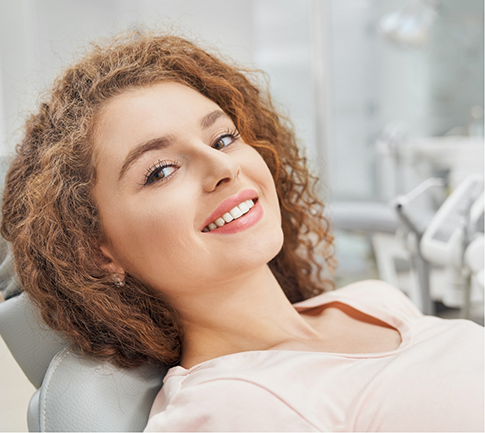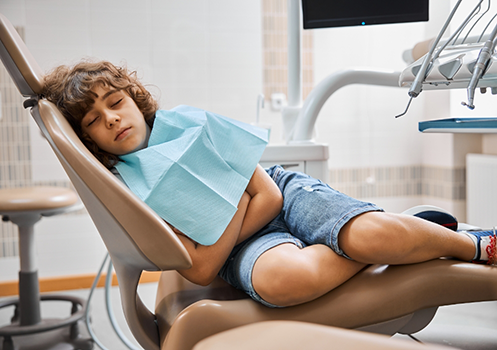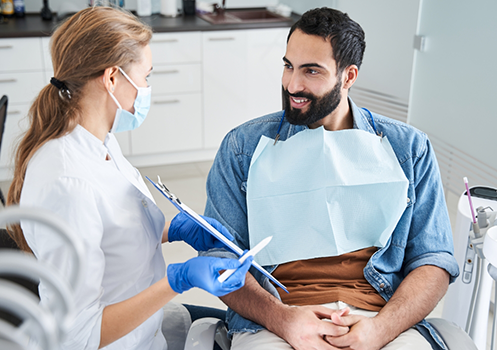About Our Conyers Dental Office
Gentle Care Creates Bright Smiles

Everyone at Hillcrest Dentistry loves showing our patients just how easy going to the dentist in Conyers can be. Dr. Kimberly Peters and our team combine a light touch with a conservative approach to help patients protect, improve, and rebuild their smiles while remaining calm and cool in the chair. You’re more than a mouth to us—you’re a part of our dental family, and we look forward to helping you feel right at home.
Our Care is So Comfortable, You’ll Doze Off

Nothing makes Dr. Peters happier than hearing a patient say, “Wait, that’s it?” after she has completed a procedure. Her goal is to help her patients feel so relaxed that they just drift off in the chair and need to be woken up from a refreshing little nap.
We Only Recommend What You Need

While other dental practices sell dentistry, our team takes a different approach. We start by listening so we truly understand why you’ve come to see us, and then we present you with a list of options based on your goals. We keep you in the driver’s seat and provide all the information you need to make confident care decisions.
A Fully Remodeled Facility

Our dental office has recently been completely transformed with a fresh, modern renovation, featuring updated décor and state-of-the-art technology. We’ve created a peaceful, welcoming space designed to put you at ease, all while ensuring we deliver exceptional care. It’s a new look with the same commitment to your comfort and well-being.
Meet Dr. Peters Meet Our Team Tour Our Office View Our Services
